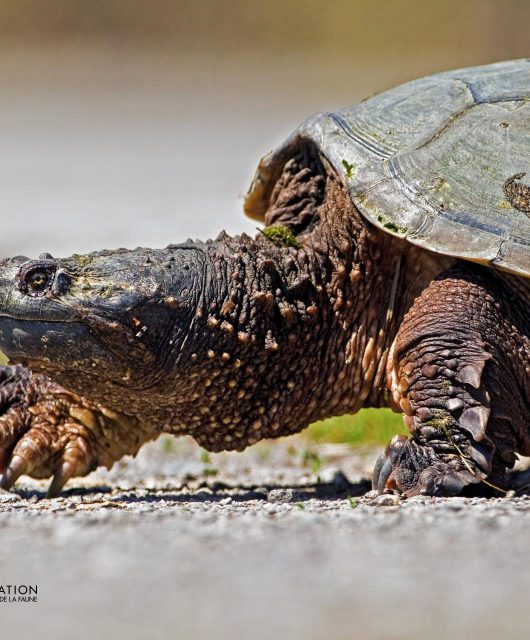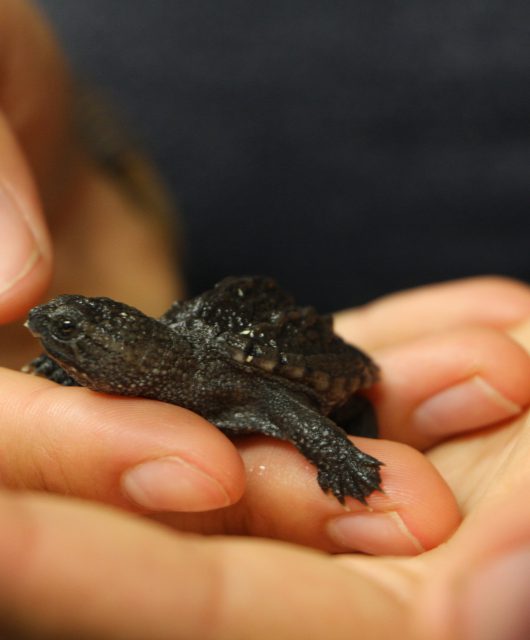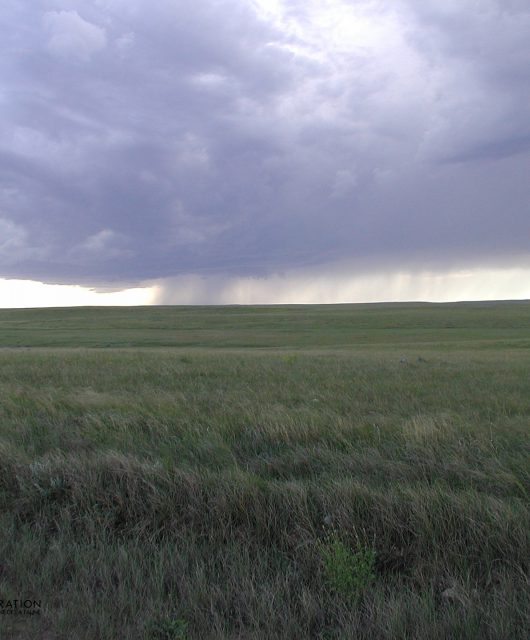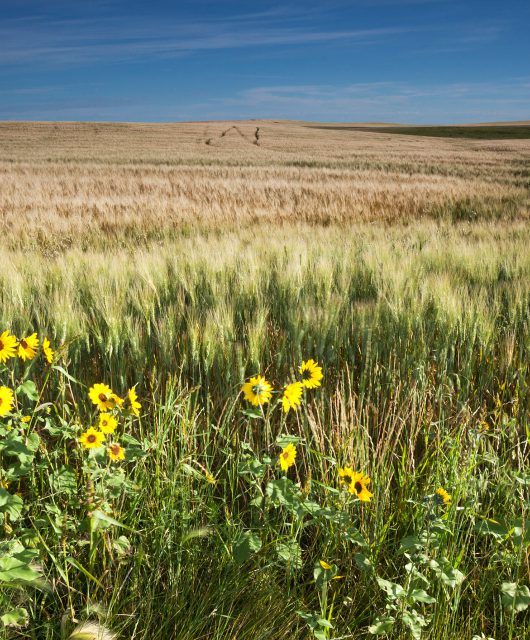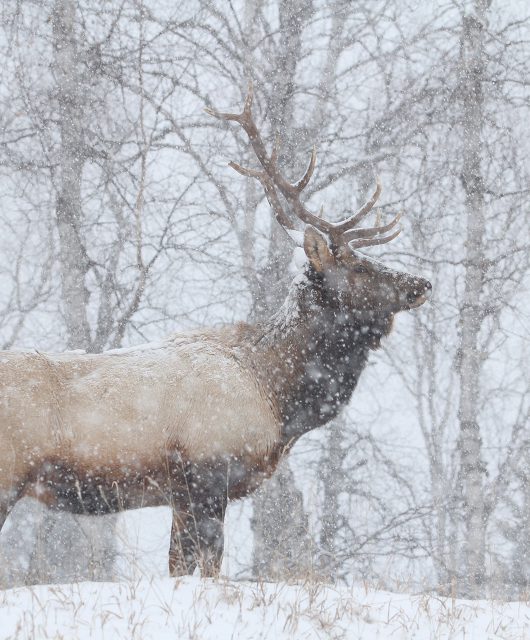Discover how these powerful pollinators benefit your garden and how you can help them thrive
Flower flies, also known as hoverflies, are fascinating insects that belong to the family Syrphidae within the insect order Diptera. These insects are crucial pollinators, hovering from flower to flower sipping nectar and collecting pollen. Additionally, they’re adept pest controllers, with their larvae devouring aphids, mites, and other pesky bugs.
Some of these flower flies are referred to as bee mimics as they resemble small bees. You can spot the difference by how they fly. When bees hover, they don’t look frozen to the spot, whereas hoverflies do!
How You Can Help Them Thrive in Your Garden
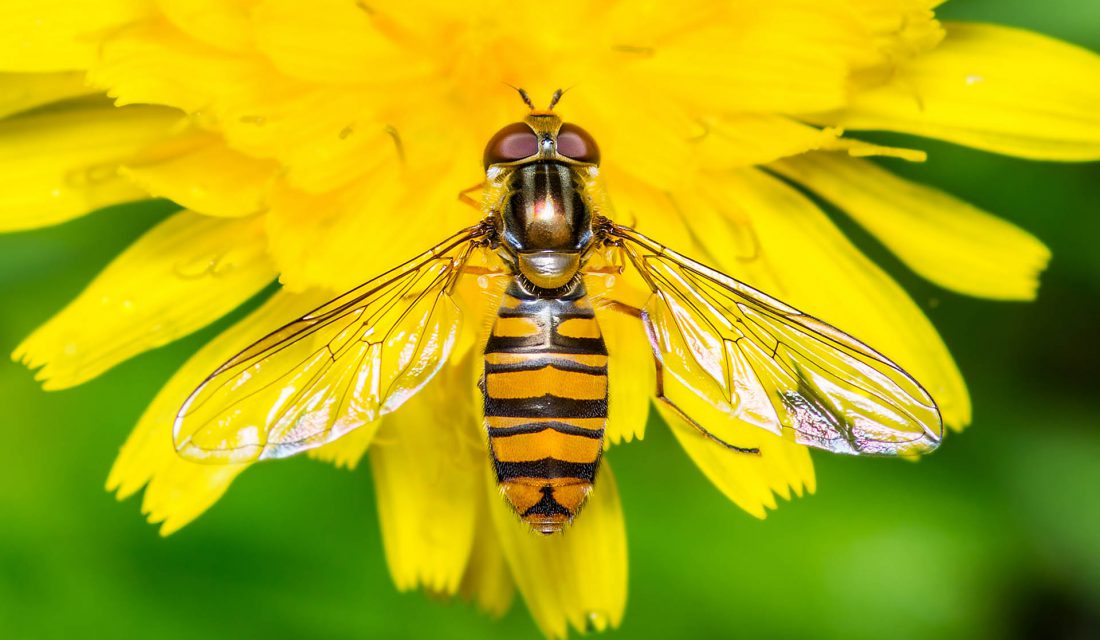
- Hold off on mowing
Consider allowing your lawn to grow in spring and early summer to help provide plenty of forage opportunities with those persistent dandelions. - Plant hoverfly-friendly flowers
There are plenty of beautiful native flowers that can be planted in your spaces like late flowering asters, yarrow, anemones, milkweed, and flowering shrubs like dogwoods and serviceberries. Consider planting flowers that bloom at different times between spring, summer and fall to ensure lots of pollinating opportunities. - Leave areas unmaintained
If space permits, consider leaving areas of your outdoor space ‘au naturel’ with annual and perennial plants to attract hoverflies - Create habitat for all seasons
A hoverfly lagoon is a quick and wonderful way to provide habitat to help hoverflies and other pollinators to lay their eggs. Just fill up a container (this is a great opportunity to reuse use a juice container or milk carton) with water, sawdust or other organic materials such as grass, leaves and twigs, and simply leave it in your garden in a shaded area. These organic materials will float and act as a platform for female hoverflies to sit on when they lay their eggs.Bee hotels also offer safe spaces for hibernation during colder months. Additionally, native plants, shrubs, and trees support both adult and larval hoverflies with additional habitats. - Avoid insecticides
Hoverflies need food for all the stages of their lives, from larvae to adult. This means there needs to be a population of other insects like aphids for larvae to feast on to grow into these beautiful flower flies. - Give them a water source
While pollinators get liquid from nectar, many like flower flies will also be glad to have pure water available. You can make an insect dish with a plant saucer with some stones on one end and sand (not sterilized) on the other. Add just enough water for perching insects on the stone side and pollinators on the sand side. You may want to tip the dish a bit sideways to keep the sand from washing all around the dish.
Ready to Learn More About Flower Flies?
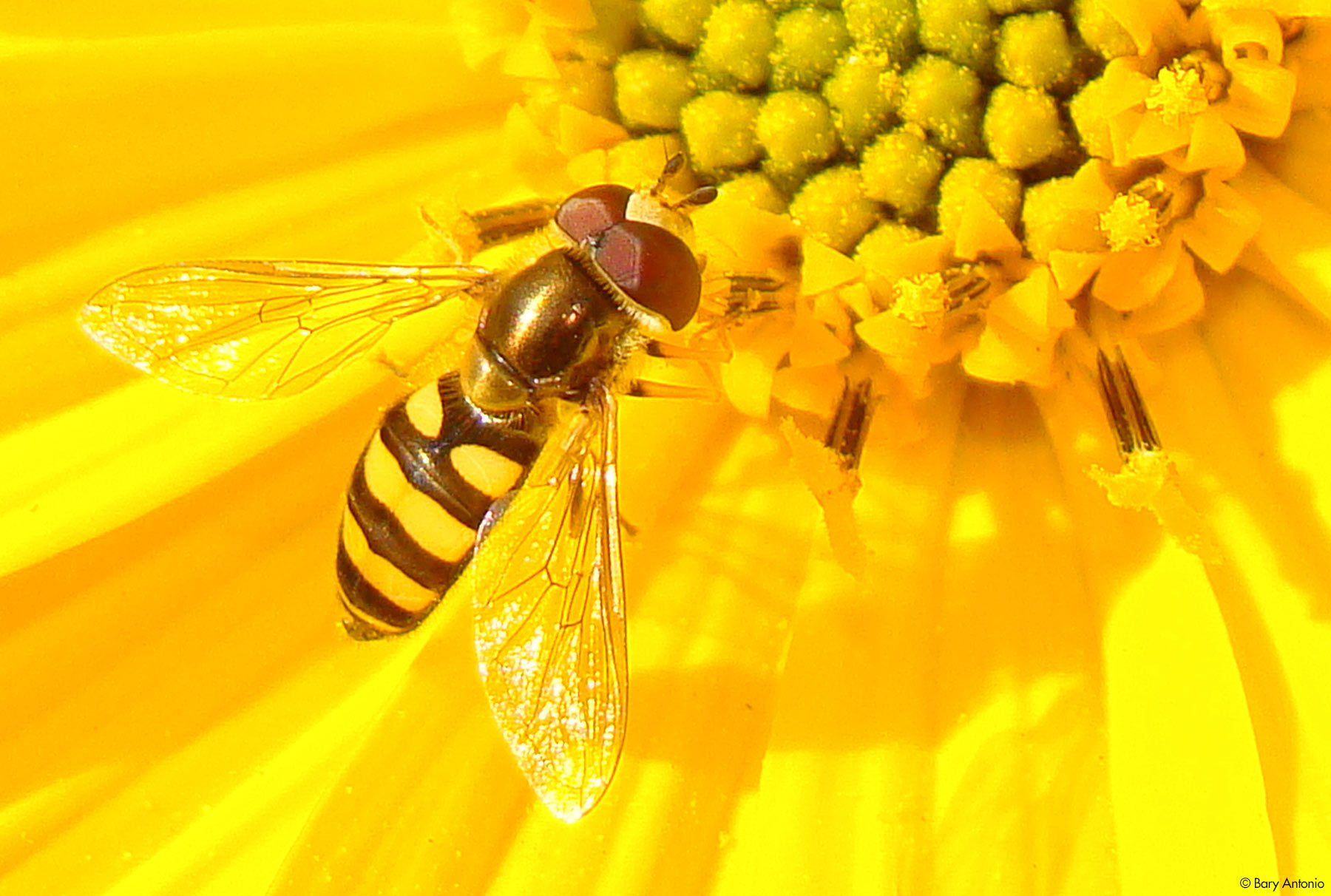
If you want to learn more about the prettiest flies you’ll ever see in your garden, check out these webinars, garden guides and more!
Some quick facts:
- Each larva can consume up to 400 aphids
- 539 recorded species of hoverflies in Canada
- Found across Canada in every province and territory
- Size ranges from 0.3 to 1.5 centimetres (about 0.59 in) in length

